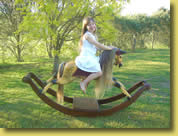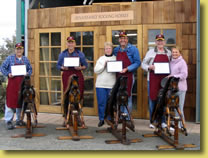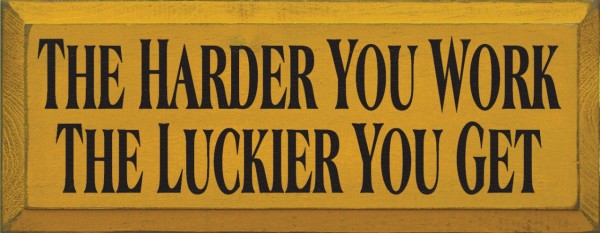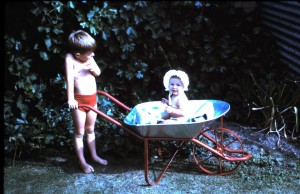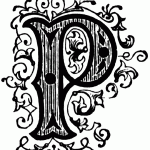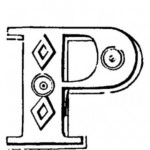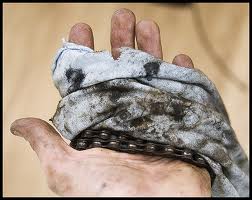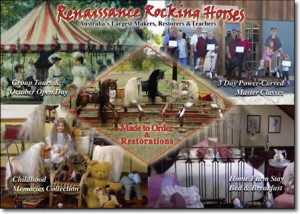 For the first couple of years in business, we used a full colour, full bleed photo business card with black print reverse. I needed to make the business card work harder for the money I was spending on it and felt I could not get across all that I needed to say about our business on a tiny card. I wanted it to be a glossy DL promotional brochure but simply did not have the money for such a piece.
For the first couple of years in business, we used a full colour, full bleed photo business card with black print reverse. I needed to make the business card work harder for the money I was spending on it and felt I could not get across all that I needed to say about our business on a tiny card. I wanted it to be a glossy DL promotional brochure but simply did not have the money for such a piece.
I decided to upgrade to a custom colour postcard which was not that much more expense. The postcard has so much going for it. It has greater visual impact than a business card; I could fit so much more on it; it would not be lost or thrown away as readily. As the photos were attractive and unusual, it was more likely to get attached to the fridge at home as a ‘wish list’ reminder.
My first postcard had one full bleed photo of six rocking horses, the final form of the postcard was still full bleed, but with five photos and told the whole story of our business to my satisfaction. I used them for a quick response for telephone enquiries, especially for older customers who were not computer literate and still had a need to see and hold something from you before they felt comfortable enough about your product to act.
I never went anywhere without the postcards. I carried about twenty-five in my handbag and the in the dashboard of the van. I gave them to people who were reading the promotional sticker on the side of the van in shopping centre car parks and streets all over Australia. I passed them out the window of the van to a mum crossing an intersection with three children under five in tow while I was waiting for the lights to change.
The additional benefits of the postcard are that no envelope is required; the address is handwritten which is a more personal touch; it promotes your product as it goes through the postal service; and if we were in the US it would be several cents cheaper to post than a normal letter. Some people would ask, “Can I keep this?” when I handed it to them. They didn’t expect even a colour postcard for free!
Some people would argue that a better size and layout advertising piece for our business would be a portrait design DL card or DL folded brochure that sits in neatly in a DL perspex or rotating wire brochure holder. Our postcard sits sideways in those holders and is shorter than the DL pieces in a brochure stand. This is another advantage of the postcard – it sticks out from the crowd – a ‘purple cow’ if you will.
And guess what? Now direct mail is making a comeback! Just think how cool it is to get something in the post now that everything from, bank statements, invoices, utility bills, school fees, child care fees, loyalty card statements are all online. Getting a postcard in the mail is so retro, its positively trendy.


